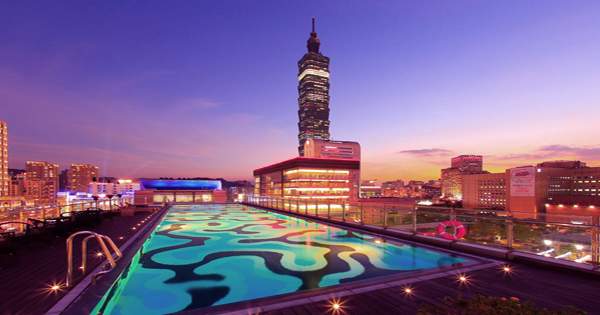The most amazing thing is that our houses are made of bricks into energy saving devices, placed on top of electricity for use when we can’t use the wind or sun tap. Saving energy is one of the biggest challenges in the world, leading to an array of new technologies proposed as solutions.
D’Arcy noted that bricks are usually red or light brown, the color given to them by the color hematite, a pigment people have been using for at least 733,000 years. After working on rust’s chemistry, D’Arcy and colleagues were aware that hematite could act as electrodes, and the porous microstructure of the bricks made them suitable for the job.
There is an easy way to turn a brick or other heavy object into a source of energy for this thing – just raise it in the gravitational field and then use the work as soon as a generator comes to power. Architects also use the thermal power of bricks to retain heat during the day. But Dr. Julio D’Arcy of the University of Washington in St. Louis has something more foreign in mind.
In the process, D’Arcy turned an 8 percent hematite brick into a super capacitor, able to store charge and release it when needed. The D’Arcy encloses two vapors through this perforated structure. As a result of dealing with hematite, the vapors form a polymer called PEDOT in the deposit.
In the case of Nature Communications, D’Arcy reports that the product is stable as a brick and mortar, survives efficiently with 90 percent of 10,000 cycles of charge and discharge and is not affected by rain or temperature. We’ve all had the experience of turning a piece of fancy electrical equipment into a brick – who knew the opposite would be true?
So far, all D’Arcy has single brick light for five minutes with three bricks using stored energy. D’Arcy’s bricks can’t compete with the energy concentration of Rithali lithium-ion batteries, so we certainly shouldn’t expect them to power future cars, let alone aircraft.
The D’Arcy expects 50 bricks to deliver emergency lighting five hours after being previously charged by the solar panel. Materials, on the other hand, are certainly cheaper, more bulky, and able to serve their general-purpose during power savings. “Our method works with regular bricks or recycled bricks and we can make our own bricks,” D’Arcy said in a statement.
To convert pedestal-layered bricks into a comprehensive system of bulk energy storage, they need to perform conventional batteries, new flow battery systems, pumped hydro, compressed air, concrete-stacking cranes and many other options. Since many of these are confined to places where they can be applied, the idea of D’Arcy to protect the world from the rising tide of climate change could be another brick in the wall.
















